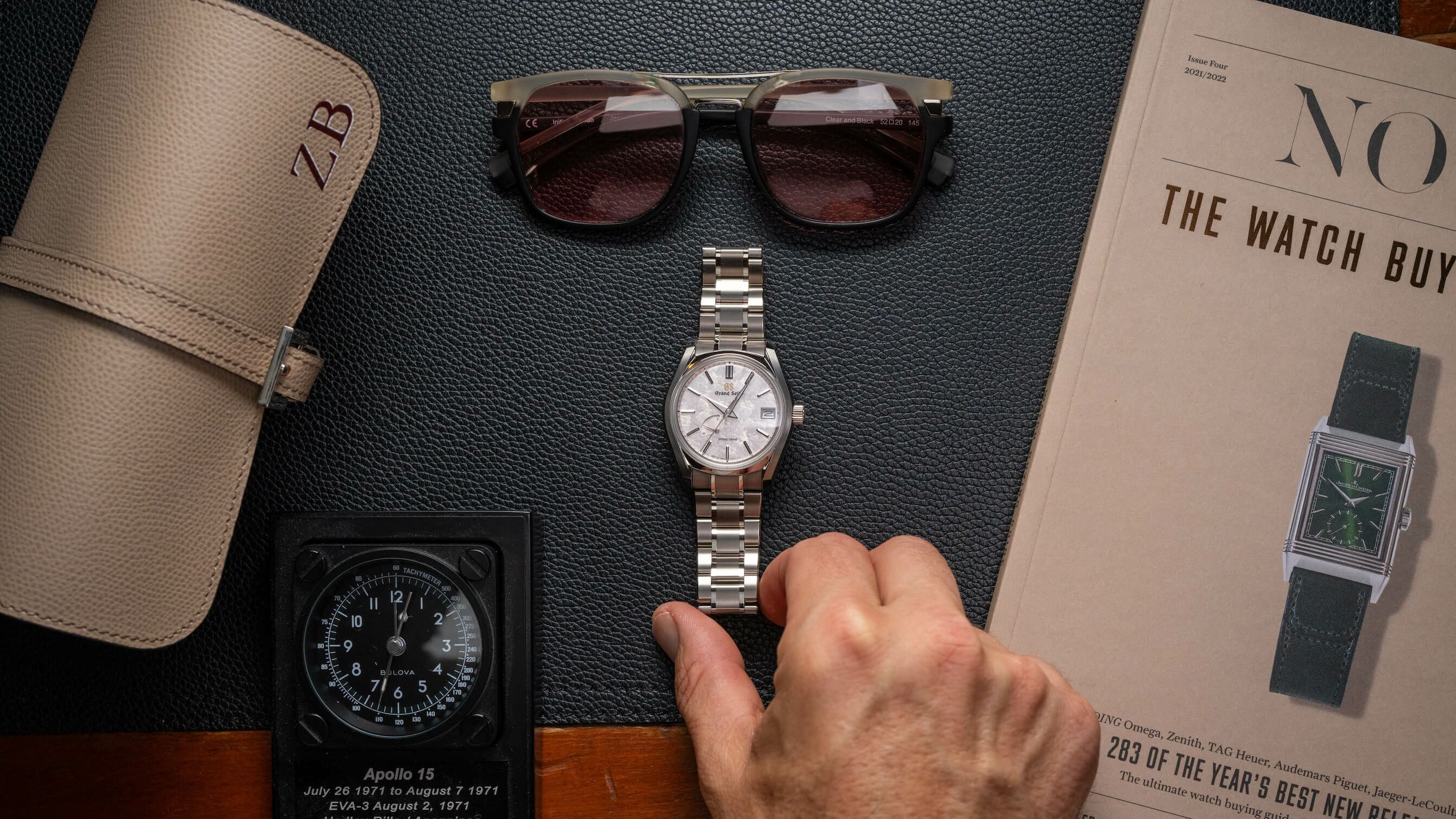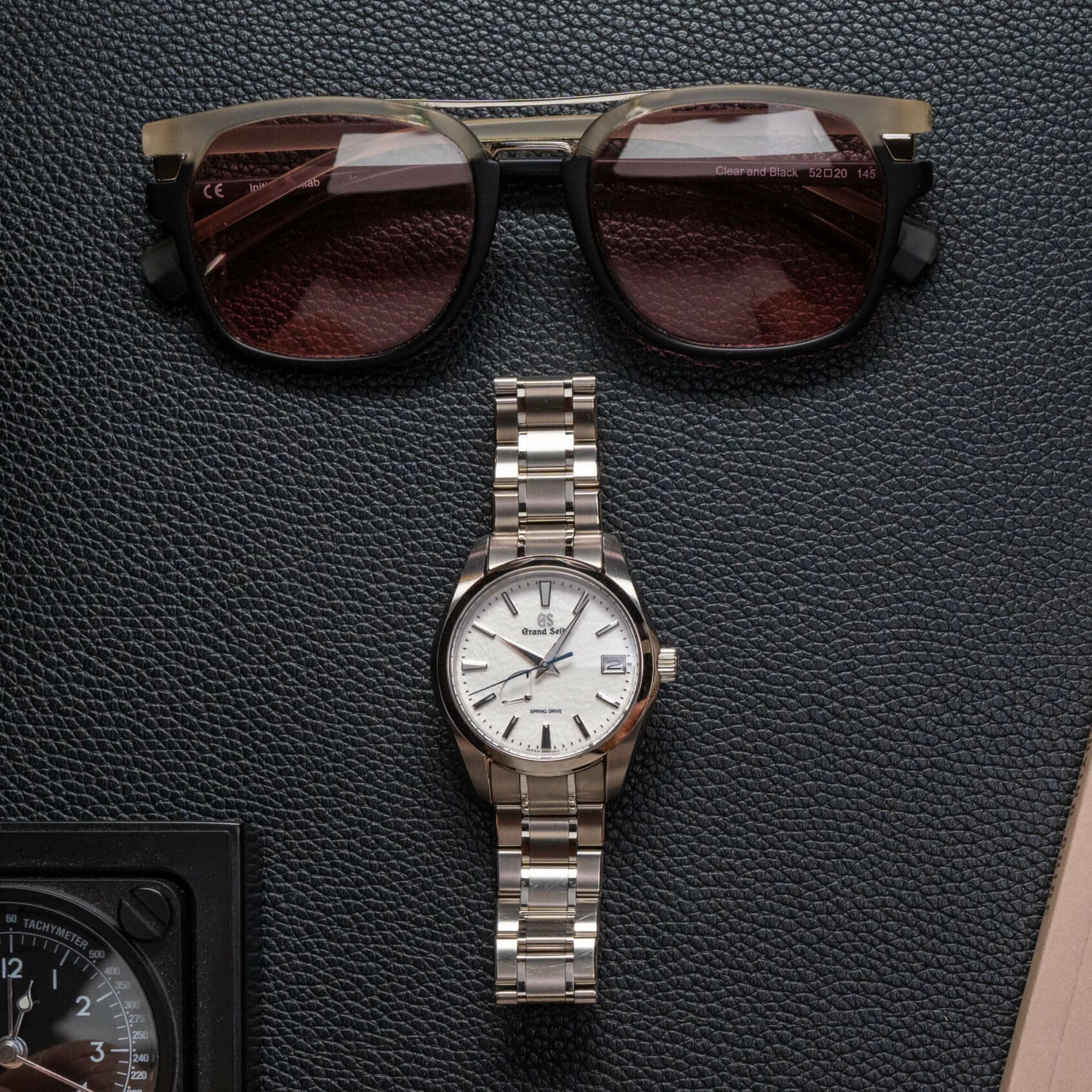6 questions to ask yourself before buying a watch…
Zach BlassAs a watch collector, it is very dangerous to assume that you know everything – and I am not just talking specifications, reference numbers and brand history here. Watch collecting is not a sprint. It is an evolving marathon. Your tastes and perspectives inevitably will change from the time you purchase your first watch to the time you purchase your fifth or 10th. So it is important to have a moment of self reflection and check in with yourself before you pull the trigger on your next watch. Whether a few hundred or few thousand dollars, you are throwing down a fair bit of money with each new piece brought into your collection. That is why I would recommend asking yourself the following questions before you purchase a watch.

Can I really afford this?

I know this is a very “captain obvious” question to ask, but it is a very, very, important one you must answer. In our sickness and addiction as watch collectors, it is easy to get lost in the hunt and develop a warped perception of what is safe and feasible for you to spend. If you find yourself thinking I could eat pasta for a month or I will not go out with friends, travel, buy alcohol etc. as cost-cutting measures to free up expendable cash, you better have the discipline to see that through. Along with being 100% sure your “math is mathing”.

There are even opportunities nowadays to purchase watches, with or without interest, through monthly payments rather than totally footing the bill upfront. In full transparency, I did just that when I purchased my Grand Seiko Snowflake years ago on eBay. But, I urge you to be very cautious when considering this tempting route. If you cannot afford it up front, and can barely justify the cost in monthly instalments over one year or two years, it is not a safe thing to do. Sure, it may be doable at the point of purchase. But God forbid something happens – a family emergency, necessary home renovations etc – you do not want to put yourself in a bind when all of a sudden your cash reserves cannot be directed at those monthly instalments.

Last bits to consider here. Always factor in any applicable taxes when mulling over a watch purchase, and, at the risk of sighs of disgust, make sure you understand what the market value of the watch in question is or will likely be. I do not say this in the investment sense of only buying watches you stand to profit from. I mention it in the risk sense. If you need to raise capital for things you actually need in trying times, you need to have a realistic sense of how liquid your watches are – both in terms of how quickly they will sell and how much you stand to get back. Many watches depreciate in value the moment you walk out of the store.
Am I in love, lust, or just having a serious case of FOMO?
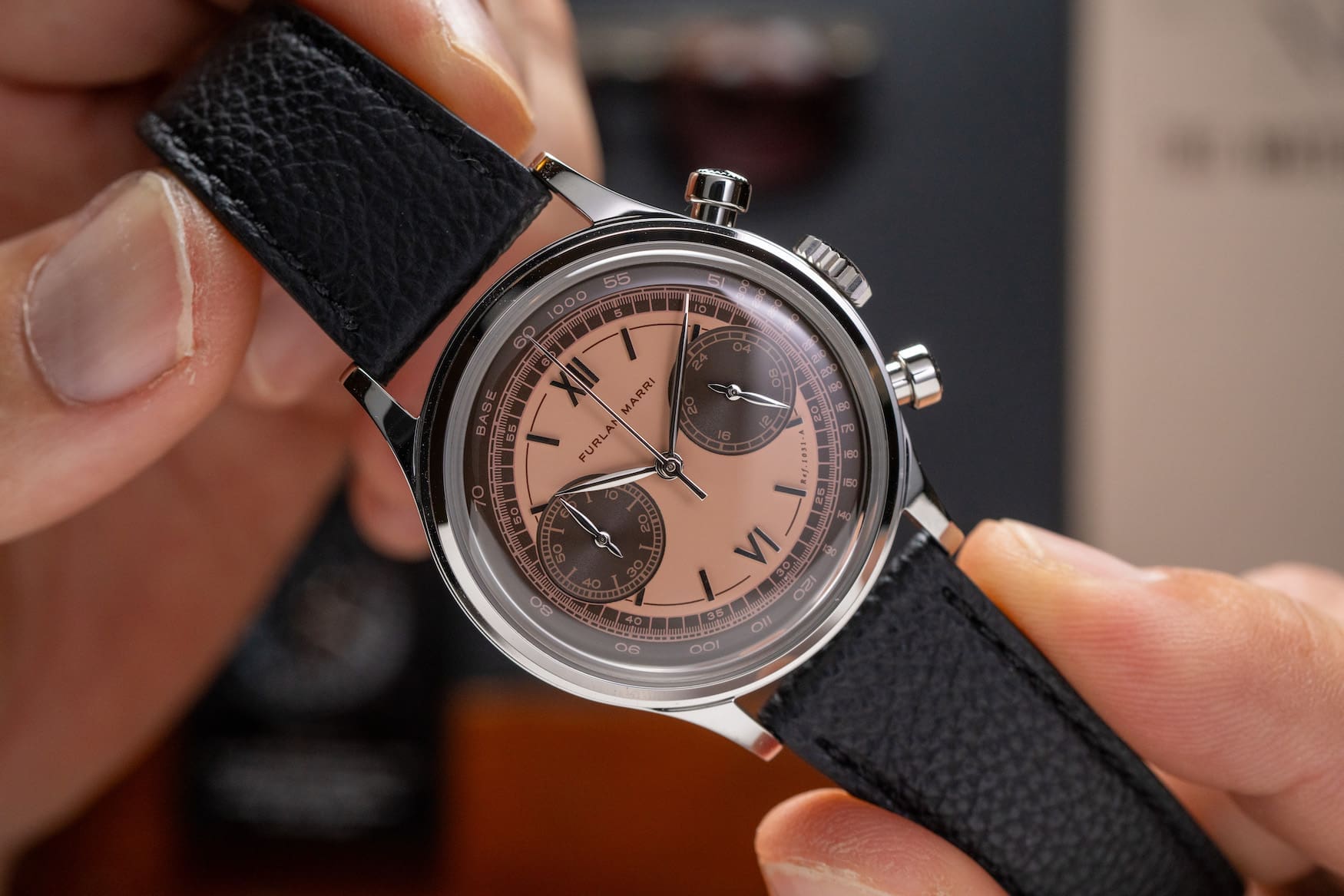
Okay. You have determined you have the cash to pull the trigger. Now it is time to evaluate if you should buy it. What I always ask myself before submitting payment is “Do I really love this watch?” or “Do I simply like the idea of owning the watch?” With so many limited editions these days it is also important to determine whether or not the watch’s limited status is influencing your purchase intent in the wrong way. If you are buying something rare, for the sole sake of it being rare, that may be a winning strategy from a collecting standpoint. But it is not a winning strategy from a wear standpoint. Ultimately, limited or not, if you are buying something because it ticks off a certain box in your horological bucket list, but it is destined to stay in your watch box and not on your wrist, that is a potential red flag. It is better to keep the cash than have something limited you will only stare at with regret later.
How will the watch fit into my collection? Will I actually wear it?
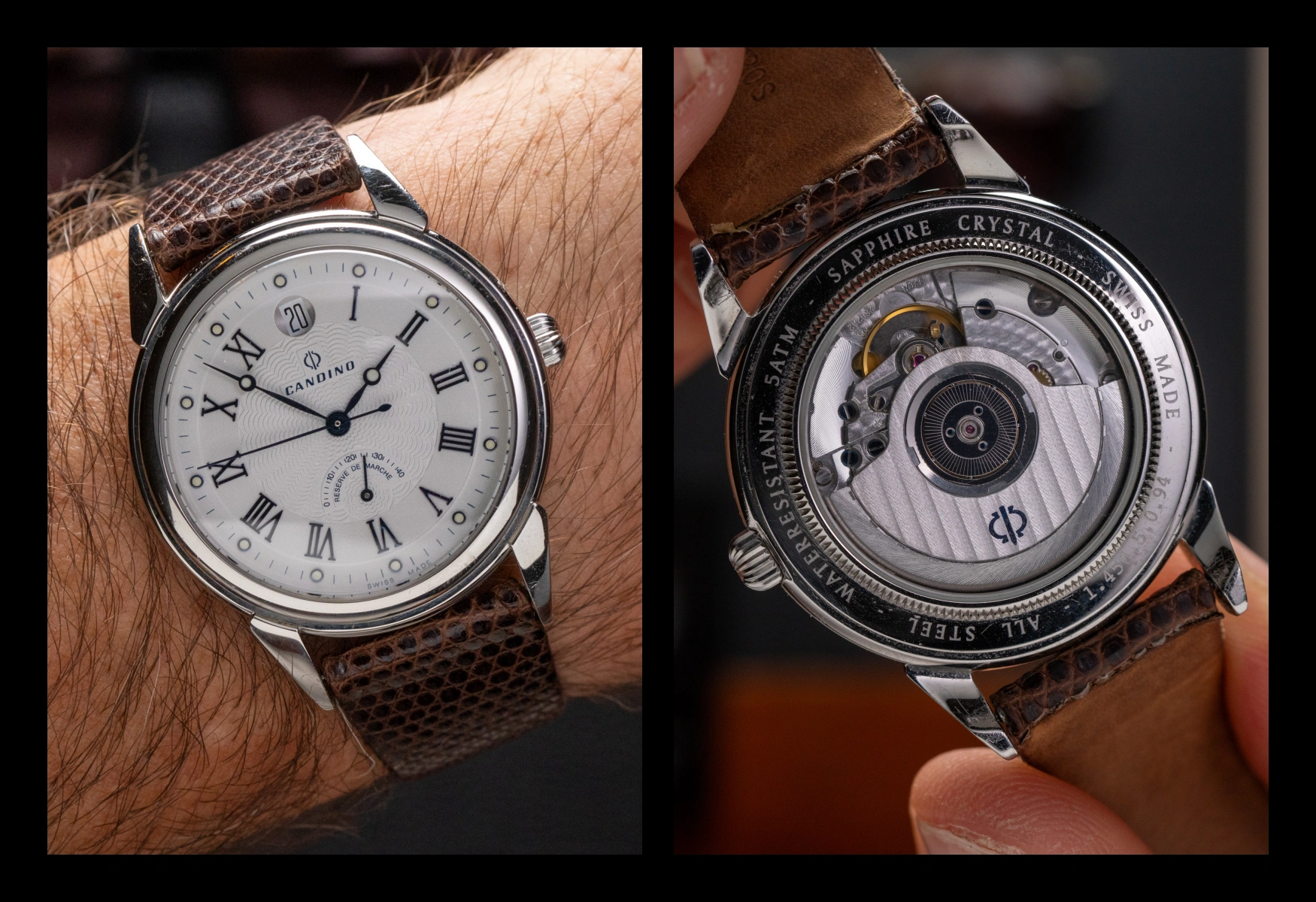
This leads into my new point. Envision how any potential watch purchase will fit into your collection, and, more importantly, into your roster/rotation of wear. As I noted in my recent The Collector’s Crossroads column, it is also key to have enough self awareness to recognise whether or not you will actually wear the watch at all. For example, I have gone for easy wins in the past that I now find myself regretting. In one instance, I bought a Candino watch for less than US$400 purely because I was dying to have a watch with a power reserve indicator. Initially, I found joy in winding it up and watching its little indicating hand progress forward like filling up a gas tank. Blinded by this tunnel vision, I did not think about just how much the 12′ date complication would irk me – nor did I realise the side of the case is branded with “certified chronometer text” on the mirror-polished flank on the 9′ side. For me that is the visual equivalent of nails on a chalkboard. So, inevitably, I have only worn the watch a handful of times and now never wear it at all.
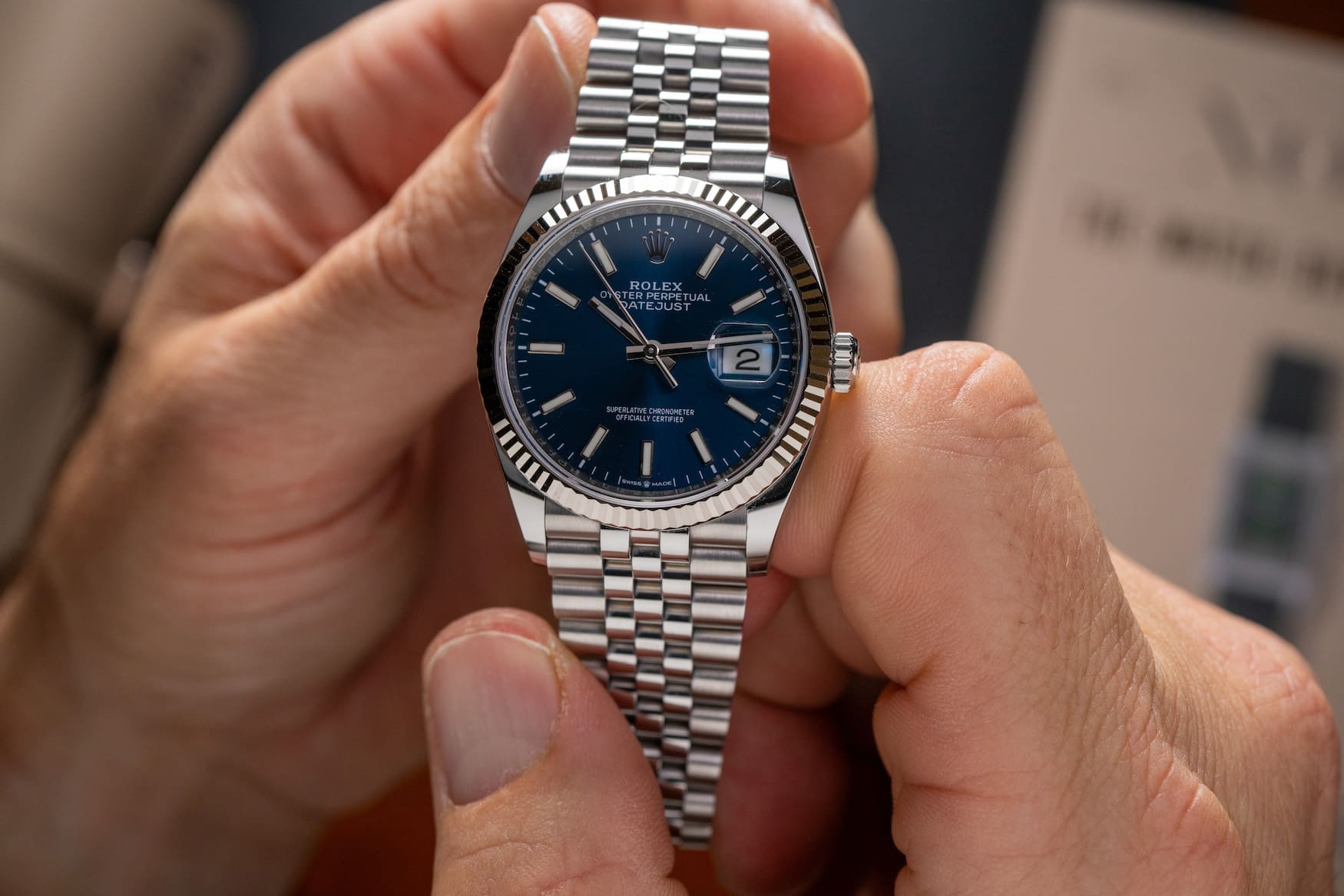
Another example is the Furlan Marri Haven Salmon pictured earlier above. FOMO took over on the one, and I am ashamed to say, while a nice watch, it gets little wear time. In both instances I failed to evaluate how and when I would actually wear the watch. I do try to wear a different watch each day, but I do stick to a core segment within my larger collection – leaving some, like the Candino, fully ignored. With the power of hindsight, I now better understand my wear patterns and how a new watch would fit into my weekly rotation. For example, I always wanted a Rolex GMT Master II “Pepsi” on a Jubilee bracelet. Its “unobtanium” nature and high secondary value made it a no-go for me. Since owning my Datejust 36, however, I have realised that if a Pepsi were to magically present itself at retail, it would spark a moment of consideration rather than an instant rush to buy. The Datejust 36 is simply better sized for my wrist and it provides the experience of Rolex on a Jubilee. Yes the Pepsi has GMT functionality to distinguish it, but, for me, it would not make sense to own both. So, I would need to decide if I were willing to sell the Datejust 36 to offset the cost of the Pepsi. These sorts of internal dialogues are something you should indulge in while mulling over a new purchase opportunity.
Does the watch fit me?
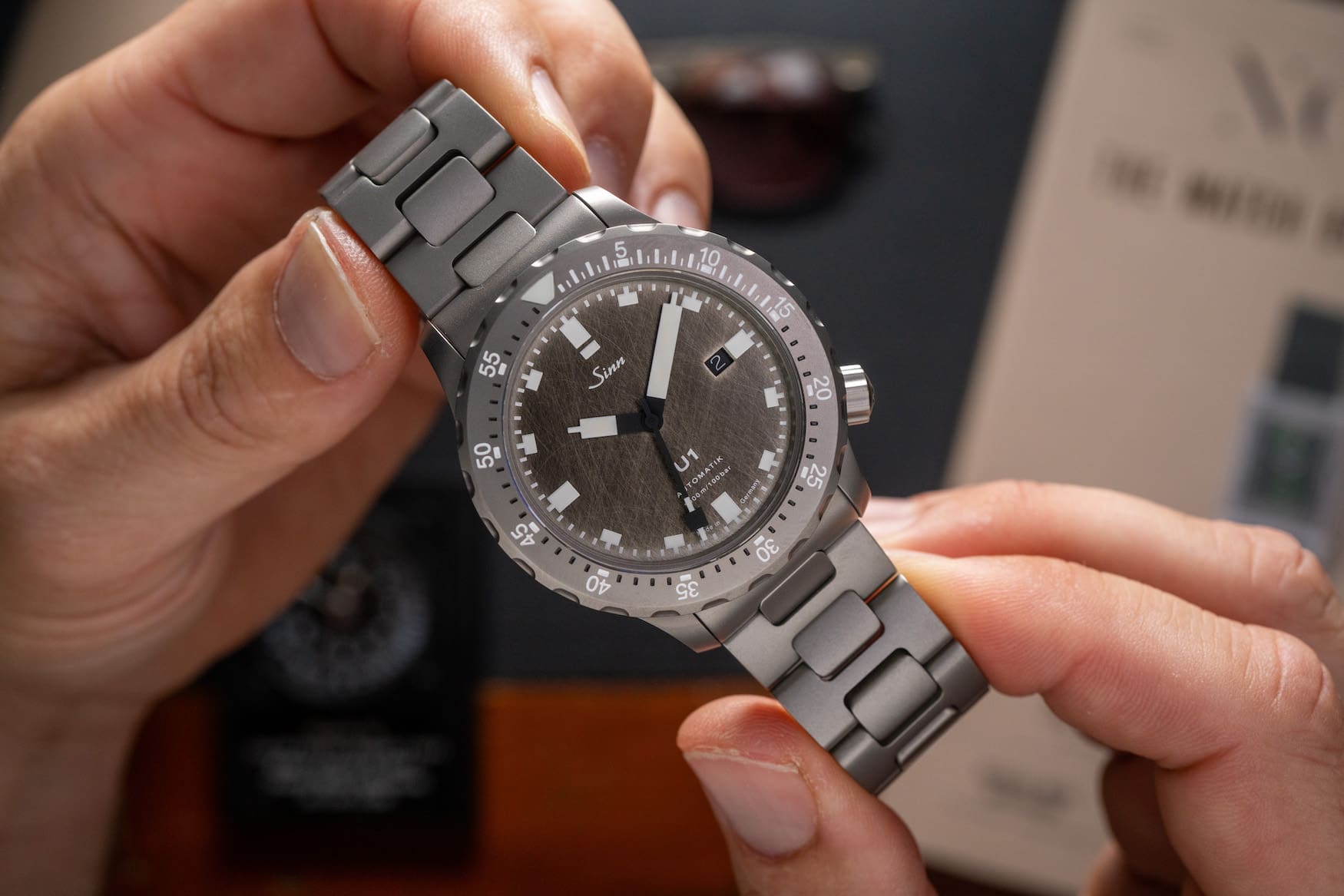
Unless it is a museum piece destined to be displayed behind the glass of a box (which kills me), of course it makes no sense to purchase a watch that does not fit you. This is why we always say it is best to try a watch on “in the metal” in order to evaluate how a watch fits you. To expand on that though, back in my Piaget days selling in store, I always advised customers to look how the watch fits them in a mirror in third perspective rather than just simply looking down at the watch. Looking in a mirror in third perspective, you will see how the watch wears in the eyes of those observing you. And it is much more forgiving. Watches will always look bigger on you in iPhone wrist-shots. I always joke that when I look at my 36mm A. Lange & Söhne 1815 Up/Down ref. 221.021 on my wrist it looks like a 38mm watch. In a mirror, however, it becomes abundantly clear that it looks and wears like a 36mm watch – its actual size.

Of course, it is not always possible to try watches on in the metal. So, my second piece of advice here is to get a sense of what lug-to-lug measurement is your extreme for your wrist. I have determined mine is 50mm for sportier watches, and 46mm for dressier watches. That is why I was confident when I purchased my 44m Sinn U1 DS Grinded Dial Limited Edition. The 44mm diameter screamed too big, but when I realised it was 50mm lug-to-lug, I knew I could likely get away with it (and years later I still think it looks great on my wrist).
The above two points speak to literal fit, but it is also worth considering lifestyle fit as well. Are you a fashionista who will never wear a bulky dive watch? Or, on the flipside, a more rugged and active personality? Sure, a Vacheron Constantin 1921 is a lovely and amazing watch in my book. But, if you never find yourself in a wardrobe befitting such a design, it would probably be a waste. I bought a denim jacket once, and I probably only wore it once. Not my style and a total waste of money.
If vintage, am I aware of the ongoing care they require?
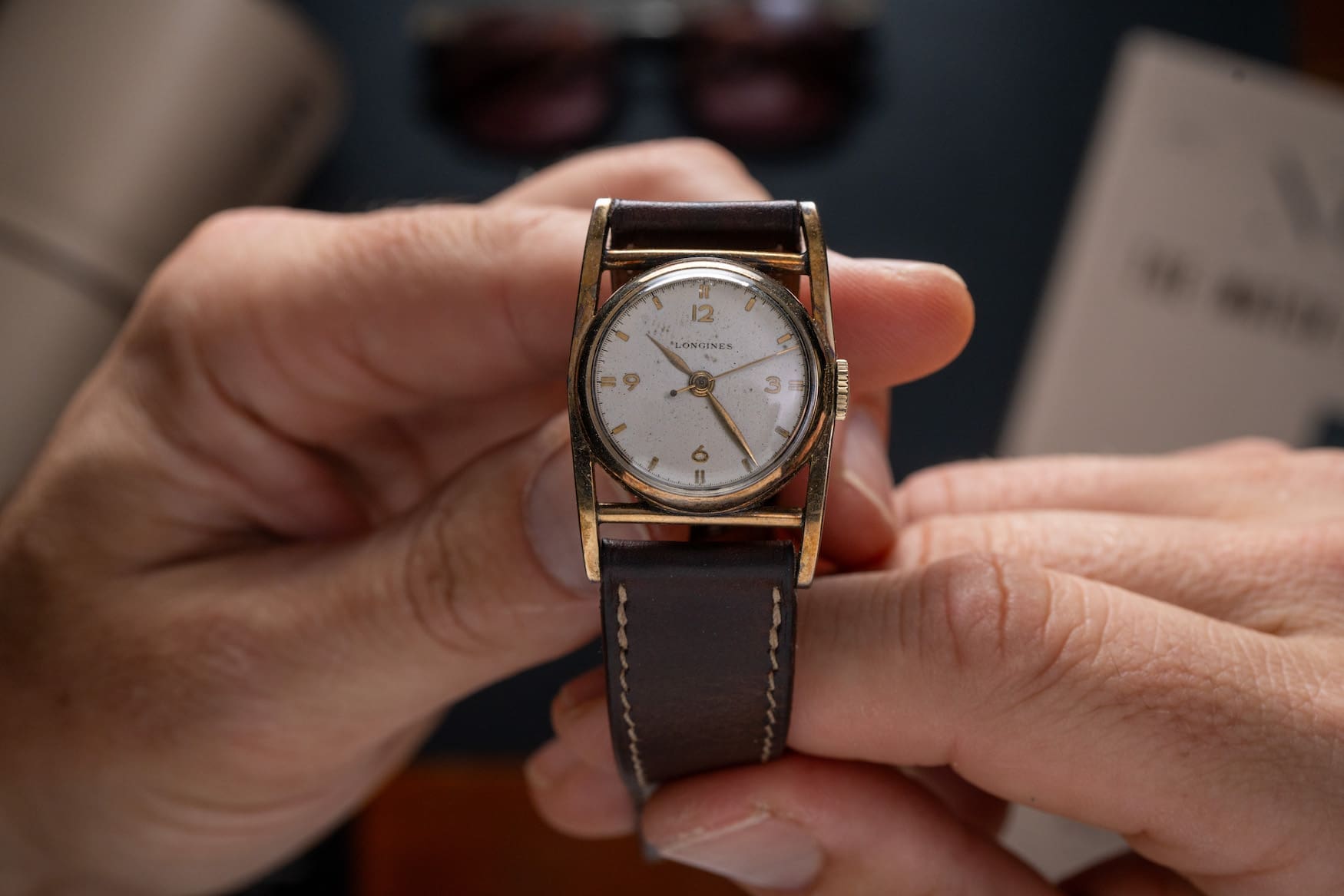
I’ll be brief here, but, if you really want to beat up a watch and put it through its paces, vintage may not be the best idea. When it comes to vintage pieces, and their fragility, you have to make sure you understand the responsibility of ownership. Servicing is typically more expensive with scarce original parts available, and sometimes vintage watches, like an older Submariner, are beyond the point of being able to be fully waterproofed to their original ratings. Looking back on when this vintage Longines Mainliner from the 1940s – my first mechanical watch – was my only watch, I am astounded what I used to do while wearing it and how lucky I am it is not in worse condition today.
Have I asked the seller all of the appropriate questions?

This in itself could be its own article, but, to just briefly touch on it, you definitely want to make sure you ask the seller questions as well. Below are a few key examples:
- Is the watch in factory original condition?
- Has the case or dial been refinished? Has the dial been re-lumed?
- Is the movement running and in working order?
- How many links does the bracelet have? What is the bracelet length?
- Are you the original owner?
- Do you have the box, papers, and warranty card? Is the warranty card dated?
- Can you please take a photo of the watch with the time set to XX:XX? (verifying they actually have the watch)
I hope that this has been a helpful guide, but, if you find yourself not relating or agreeing with any of the above questions, ultimately I just want to ensure you think about having an appropriate checklist that you run through before each purchase. You, like me, will probably make mistakes. But having such a process will certainly minimise the number you make along the way.




